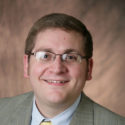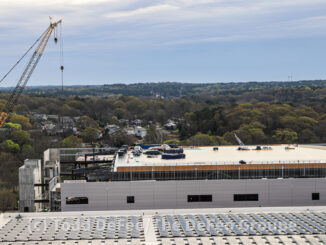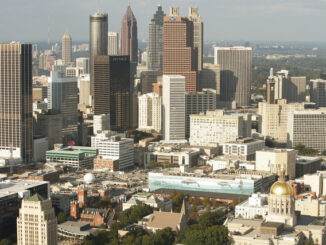ATLANTA — Secondhand smoke inside airports is risking the well-being of travelers and airport employees, a new study from the Centers for Disease Control found.
“Adopting policies that completely prohibit smoking in all indoor areas is the only effective way to eliminate involuntary SHS exposure,” the report found.
The CDC study, which examined five “large hub” U.S. airports, revealed air pollution levels in designated smoking areas were 23 times higher than levels in smoke-free airports. A designated smoking area could include a bar, restaurant and/or ventilated smoking room. While federal law prohibits smoking on airplanes, there is no law banning smoking inside airports, and the study found the effects of secondhand smoke can be measured in areas outside of designated smoking areas.
“Instead of going entirely smoke-free, five airports continue to allow smoking in restaurants, bars or ventilated smoking rooms. However, research shows that separating smokers from nonsmokers, cleaning the air and ventilating buildings cannot fully eliminate secondhand smoke exposure,” Brian King, an epidemiologist with the CDC’s Office on Smoking and Health and co-author of the report, said in a release. “People who spend time in, pass by, clean, or work near these rooms are at risk of exposure to secondhand smoke.”
For the study, the CDC collected data at Denver International, Hartsfield-Jackson Atlanta International, McCarran International in Las Vegas, Salt Lake City International and Washington Dulles International airports Oct. 19 and Nov. 1. To examine secondhand smoke, the CDC measured respirable suspended particulates (RSPs).





